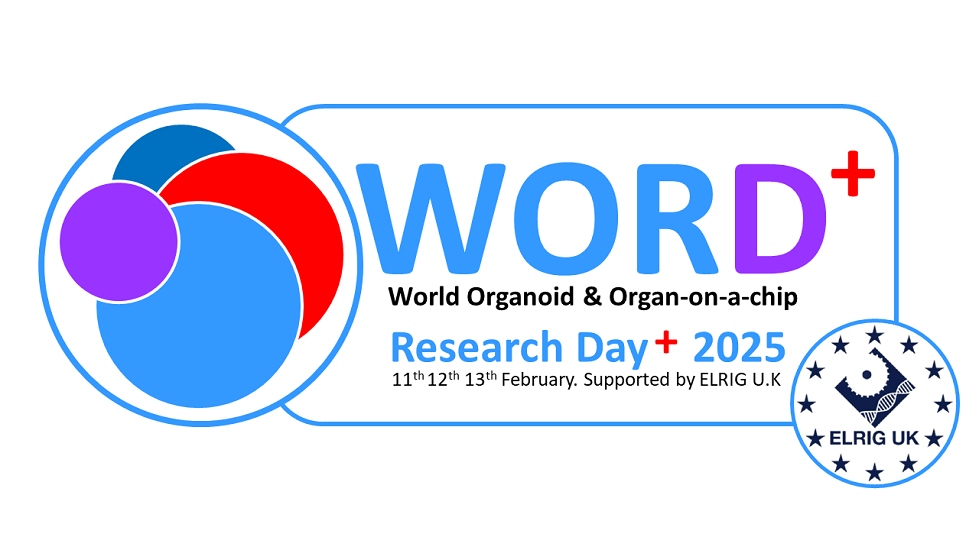Authors
T Dennison1; E Bello2; M Zilbauer3;
1 Milner Therapeutics Institute, ; 2 Milner Therapeutics Institute, University of Cambridge, UK; 3 Cambridge Stem Cell Institute, University of Cambridge, UK
Overview
The intestinal tract is a multifaceted organ system and diseases such as Inflammatory Bowel Disease (IBD) are complex, heterogenous and often poorly understood. While the physiological relevance of human intestinal epithelial organoids (hIEOs) has seen them emerge as a valuable model, their utility in high throughput therapeutic target identification campaigns lags behind traditional 2D models. We aim to improve the scalability of this model, particularly in the area of arrayed CRISPR screening.
Introduction
The complexity and heterogeneity of the human intestine present a major challenge to translational research and drug discovery. hIEOs have been established in recent years as an in vitro model of the gut epithelium and protocols for genetic manipulation, for instance using CRISPR/Cas9, have been developed. However, most studies are currently limited to single-gene edits. Here, we aim to assess current editing and methodologies in hIEOs, with a view to their adaption for arrayed CRISPR screening.
Methods
We first applied immunocytochemistry (ICC) and high content imaging (HCI) to hIEOs using the Opera Phoenix system, to assess the utility of this approach for quantitative phenotypic screening in a multi-well format. We then tested lentiviral transduction as a delivery method for Cas9, first with a BFP cargo, then with Cas9-GFP. Finally, we used the generated BFP expressing line to test the editing efficiency of the ribonucleoprotein (RNP) CRISPR Cas9 format, delivered via nucleofection.
Results
Upon stimulation of organoids with IFNg, a known IFNg responder was able to be quantitatively measured via ICC in a 96-well format, a significant improvement in scalability over alternatives such as flow cytometry.
Lentiviral transduction of hIEOs with BFP or Cas9-GFP transgenes showed high rates of transduction efficiency with minimal toxicity.
Finally, nucleofection of a BFP expressing hIEO line with RNPs containing BFP-targeting sgRNA showed high editing efficiency and viability.
Conclusion
The high editing efficiency and low toxicity found it our initial studies suggest these approaches may form the basis for arrayed CRISPR screening in hIEOs. HCI shows promise as a high throughput endpoint assay. Future work will include optimising alternative sgRNA delivery methods and validating these protocols in a pilot screen. We will then aim to apply to run a larger scale automated screen in the new MRC-MTI-AstraAstraZeneca Functional Genomics Screening Laboratory at the Milner Institute.

